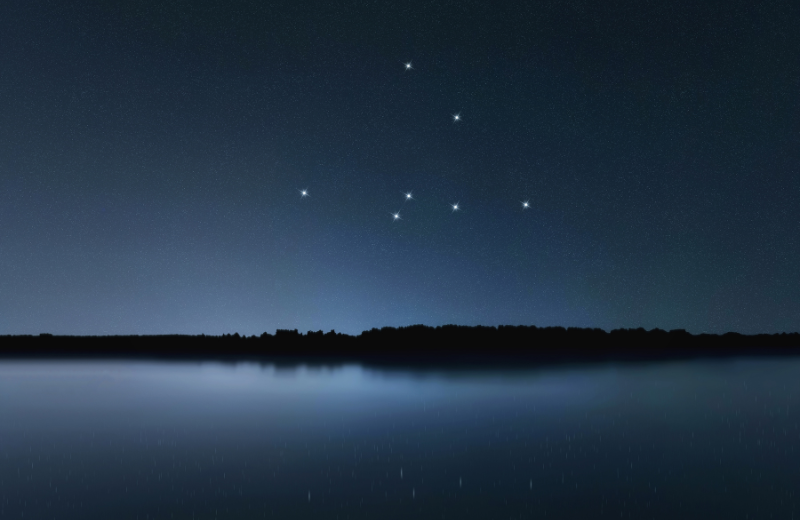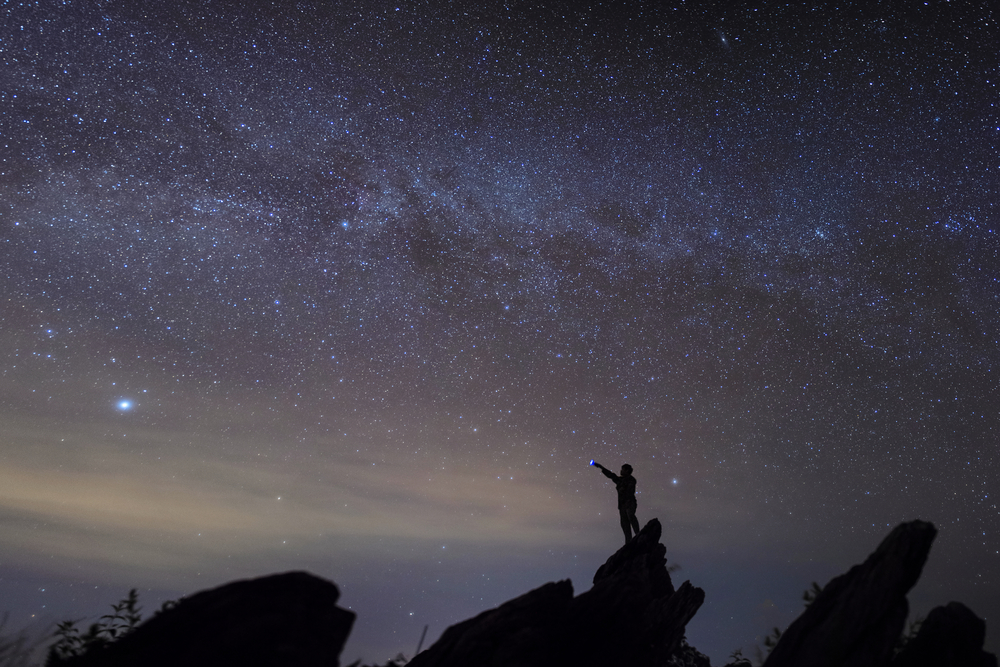Amongst the famous constellations, there's one that’s a bit more elusive but equally fascinating—Norma. Whether you're a stargazing enthusiast or just curious about what lies beyond our planet, this constellation has more to offer than meets the eye. Read on to discover more about Norma, including its myths, stars, and stargazing tips.
Jump to:
Recommended for you!
Best SellersWhat Does the Norma Constellation Represent?
Norma, located in the Southern Hemisphere, is a small and rather dim constellation. Its name might not be as famous as Orion or Ursa Major, but it plays an important role in the sky’s intricate puzzle. The constellation Norma was named after a carpenter’s square, a tool used to draw right angles, which speaks to its orderly nature. It's often described as a representation of balance and precision, which fits its position within the expansive night sky.
The constellation was first named in the 18th century by French astronomer Nicolas Louis de Lacaille during his expedition to the Southern Hemisphere. At that time, many constellations were being identified, and Norma was among those catalogued for the first time.
What Does Norma Look Like?

Norma is relatively faint and difficult to spot with the naked eye, particularly if you're in a light-polluted area. However, it is still worth the effort for any dedicated stargazer. Located between the constellations of Scorpius and Centaurus, Norma forms a modest quadrilateral, reminiscent of the shape of a carpenter’s square—hence its name.
The Norma Constellation Myth
Unlike some constellations, Norma doesn’t have a rich mythological history tied to it, as it was only introduced in the 18th century, long after ancient Greek and Roman myths had already shaped many other constellations. However, its modern naming reflects the human drive for understanding and precision, which was particularly prominent during the Age of Enlightenment when scientific advancements were flourishing.
While there isn’t a specific mythology for Norma, it’s connected to the broader context of human ingenuity and discovery—qualities that have driven astronomy forward for centuries. In that sense, the mythology of Norma is intertwined with the story of exploration and the desire to measure and map the heavens.
How Many Stars Are in Norma?
The Norma constellation is home to several interesting stars, each adding to its subtle yet fascinating composition:
- Gamma Normae: As the brightest star in the Norma constellation, Gamma Normae shines with a magnitude that makes it the most easily recognisable within this constellation. Though not as bright as stars in neighbouring constellations, it stands out as a key feature for those seeking to locate Norma in the sky.
- Other Stars: Alongside Gamma Normae, stars such as Epsilon Normae and Iota Normae contribute to the constellation’s structure. Epsilon Normae is part of a binary star system, where two stars orbit a common centre of mass. This dynamic system adds to the diversity of Norma’s stellar makeup. Additionally, Norma contains stars that are part of the Norma Cluster, a galaxy group connected to the gravitational phenomenon known as the Great Attractor.
Nebulae in the Norma Constellation
One of the more fascinating features of the Norma constellation is the planetary nebula found within it. Planetary nebulae are clouds of gas that are ejected by stars in the later stages of their life cycle, and they often create stunning visual displays. The planetary nebula in Norma is a beautiful example of the life cycle of stars, illustrating the ongoing changes and developments occurring in the universe around us.
Finding Norma in the Sky

Norma is best observed from the Southern Hemisphere, making it a rewarding find for those living in or visiting southern latitudes. The ideal time to spot Norma is between June and August when it is most visible in the night sky. Situated near the constellations of Scorpius and Centaurus, Norma lies close to the galactic plane of the Milky Way, which makes these brighter constellations helpful reference points when searching for it.
Locating Norma
Due to its faint stars, Norma can be tricky to locate without some guidance. To find it, begin by identifying Scorpius and Centaurus in the southern sky—these constellations are much brighter and can serve as guides. Norma lies just between them, closer to the plane of the Milky Way, so focusing your gaze in that region with the help of a star map or an astronomy app can simplify the process.
Viewing Norma with Binoculars or a Telescope
- With Binoculars: Norma’s stars are relatively dim, so using binoculars can enhance your viewing experience and help distinguish the constellation’s shape.
- With a Telescope: A telescope will provide an even clearer view of Norma's stars, and you can also explore deep-sky objects like nebulae within the constellation for a more immersive stargazing experience.
Best Conditions for Viewing Norma
For the best visibility, try observing Norma under a dark, clear, moonless sky, far from city lights. The Southern Hemisphere offers optimal conditions for spotting this constellation, especially during the winter months of June to August.
Recommended for you!
Best SellersFun Facts About Norma
- Norma Cluster: The Norma constellation is home to the Norma cluster, a group of galaxies thought to play a key role in the gravitational structure of the universe. The cluster itself is part of what astronomers refer to as the Great Attractor—a gravitational anomaly that affects the movement of galaxies in the local universe.
- Modern Constellation: Unlike many constellations with ancient myths, Norma was named in the 18th century, highlighting a period where science and discovery were celebrated through the naming of celestial objects.
- Faint but Important: Despite its relative faintness, Norma holds some fascinating cosmic structures, such as planetary nebulae and galaxies within its bounds.
Study Astronomy for £29
The Norma constellation is a stunning and significant part of the night sky, offering beauty and rich history. If you're inspired to delve deeper into the wonders of astronomy, why not explore the Astronomy Diploma Course with Centre of Excellence? Whether you're a beginner or someone with more experience, this course will guide you through everything you need to know about the stars, constellations, and galaxies. And for a limited time, you can enrol for just £29!












